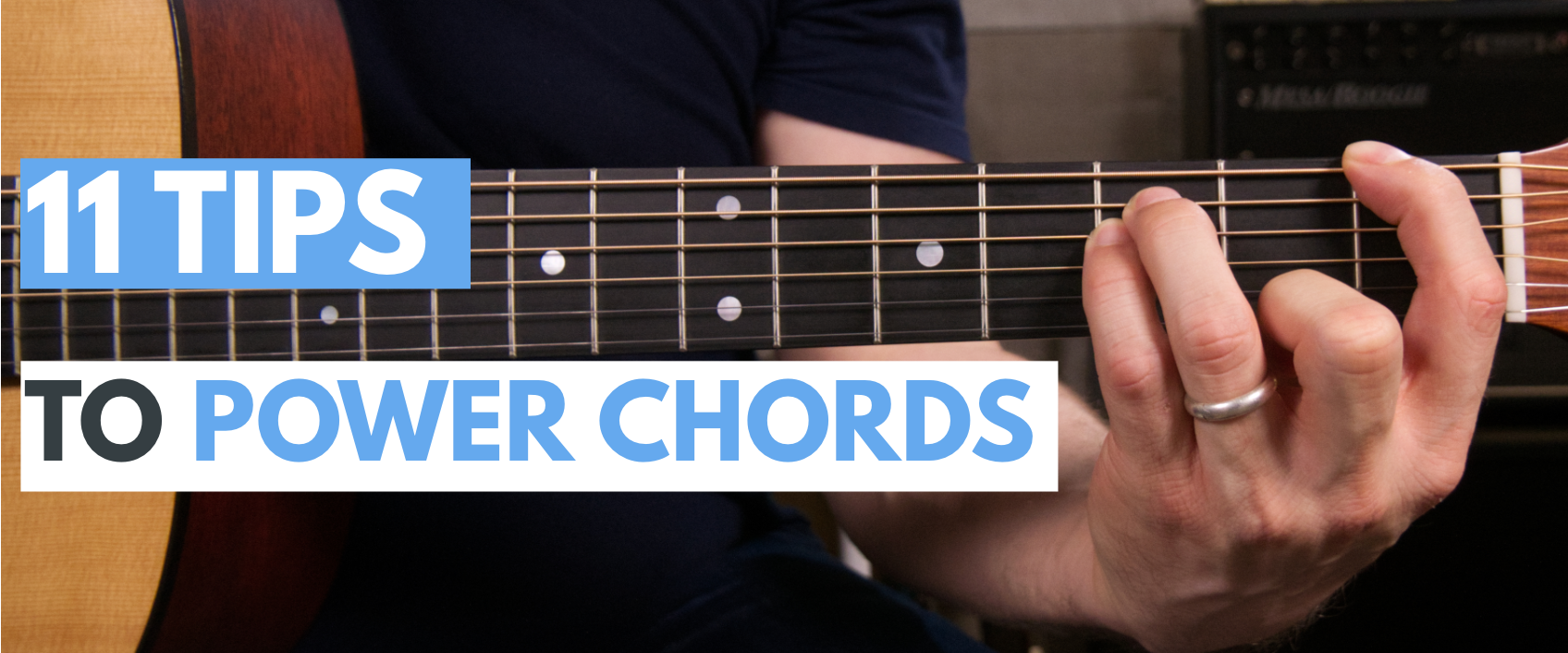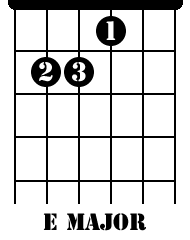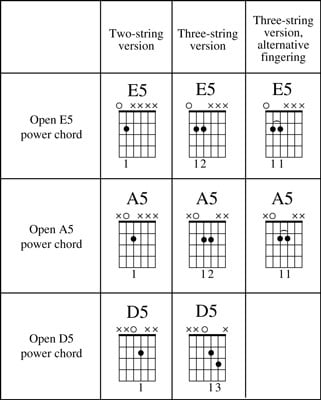

These can be inverted, so that the G is played below the C (making an interval of a fourth). For example, "C5" or "C(no 3)" refer to playing the root (C) and fifth (G).

Power chords are most commonly notated 5 or (no 3). The use of the term "power chord" has, to some extent, spilled over into the vocabulary of other instrumentalists, such as keyboard and synthesizer players. However, the term is accepted as a pop and rock music term, most strongly associated with the overdriven electric guitar styles of hard rock, heavy metal, punk rock, and similar genres. When the same interval is found in traditional and classical music, it would not usually be called a "chord", and may be considered a dyad (separated by an interval). Theorists are divided on whether a power chord can be considered a chord in the traditional sense, with some requiring a 'chord' to contain a minimum of three degrees of the scale.

In a triadic context, chords with omitted thirds may be considered "indeterminate" triads. Power chords also have the advantage of being relatively easy to play (see " Fingering" below), allowing fast chord changes and easy incorporation into melodies and riffs. Even when played without distortion, the simple ratios between the harmonics in the notes of a power chord can give a stark and powerful sound, owing to the resultant tone (combination tone) effect.

The intermodulation makes the spectrum of the sound expand in both directions, and with enough distortion, a new fundamental frequency component appears an octave lower than the root note of the chord played without distortion, giving a richer, more bassy and more subjectively 'powerful' sound than the undistorted signal. When played through distortion, the intermodulation leads to the production of partials closely related in frequency to the harmonics of the original two notes, producing a more coherent sound. However, in a power chord, the ratio between the frequencies of the root and fifth are very close to the just interval 3:2. This effect is accentuated as most guitars are tuned based on equal temperament, with the result that minor thirds are narrower, and major thirds wider, than they would be in just intonation. When a typical chord containing such intervals (for example, a major or minor chord) is played through distortion, the number of different frequencies generated, and the complex ratios between them, can make the resulting sound messy and indistinct. When two or more notes are played through a distortion process that non-linearly transforms the audio signal, additional partials are generated at the sums and differences of the frequencies of the harmonics of those notes ( intermodulation distortion).


 0 kommentar(er)
0 kommentar(er)
